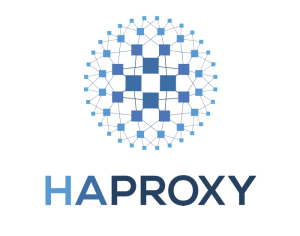Let us learn how to do the haproxy aws autoscaling with the support of our Redis of our AWS support services at Bobcares.
AWS Autoscaling with Haproxy

Many cloud customers began utilizing AWS load balancer with the debut of AWS Application Load balancer, which has a flexible feature set for their online applications with HTTP and HTTPS traffic, however AWS load balancer is a black-box load balancing solution.
High end traffic rule customisation is still not feasible with AWS load balancers. Haproxy is a free and open source load balancer proxy for TCP and HTTP applications that allows for additional flexibility over configuration and security factors.
A few lines of Python code assisted in achieving AWS autoscaling in conjunction with Haproxy.
AWS autoscaling with Haproxy: Steps
The three main steps are as follows:
- Clone the aws-load-balancer repository:
Ansible handles the majority of the process, so let’s obtain that code:
git clone https://github.com/filipenf/aws-load-balancer.git - Edit the my-lb configuration file:
A vars/my-lb.yml file in the aws-load-balancer directory defines various variables. We’ll have to update the file and adjust a few things. Namely:
a:domain_name – the top-level domain name to use (for example, example.com).
b: auto_register_domain – FQDN that will be changed when ASG’s lifecycle hooks (instances added/removed from the group) are triggered.
c: subnets – the subnets in which the loadbalancers will reside lb_mappings – the mapping of domain names to backend instances
- Execute the launch playbook
This is the next step in haproxy aws autoscaling. Now we’re ready to run the launch playbook, which will generate the AWS resources required for the load balancer to function.
ansible-playbook -i localhost, launch-lb.yml \ -e server_config=mylb \ -e aws_account_id= \ -e key_name=If all goes as planned, we should have a fresh ASG with only one instance. That instance will already be setup with haproxy for the domains supplied in the lb_mappings variable.
This script will also generate the necessary lambda function, SNS topic, lifecycle hooks, and IAM roles.
The haproxy configuration specifies the usage of sticky sessions as well as the synchronization of the sticky-table with other ASG members.
There’s also a script named “update-peers” that detects changes to the autoscaling group and updates the peers settings accordingly.
[Need assistance with similar queries? We are here to help]
Conclusion
To sum up we have now seen more on haproxy aws autoscaling with the support of our tech support team.
PREVENT YOUR SERVER FROM CRASHING!
Never again lose customers to poor server speed! Let us help you.
Our server experts will monitor & maintain your server 24/7 so that it remains lightning fast and secure.







0 Comments